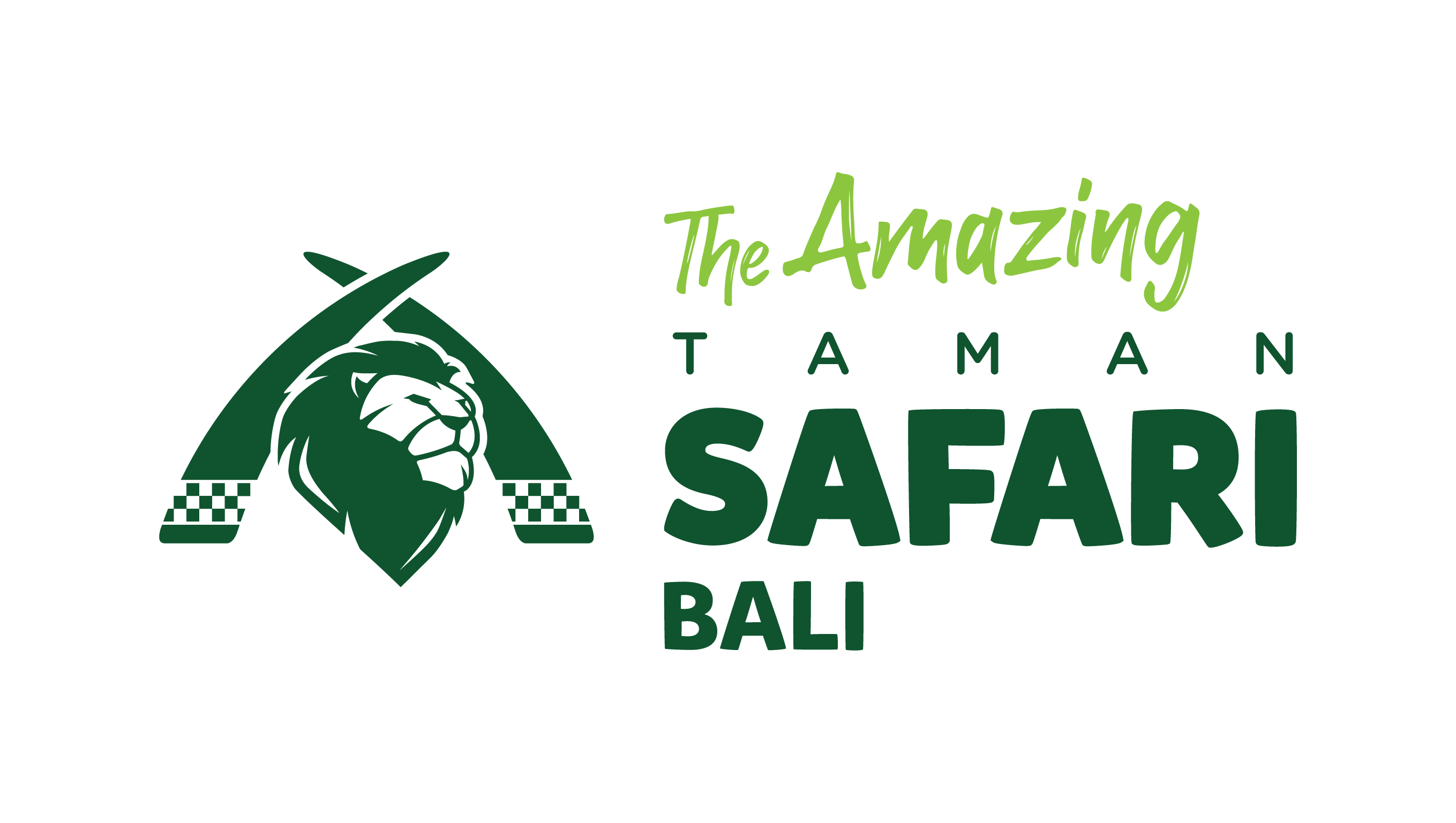Endemic Indonesian Birds
Indonesia, a treasure trove of biodiversity, boasts a rich tapestry of avian life. In this article, we delve into the enchanting world of some of Indonesia’s endemic birds, highlighting their unique characteristics and the efforts taken to preserve their existence.
Peafowl Birds
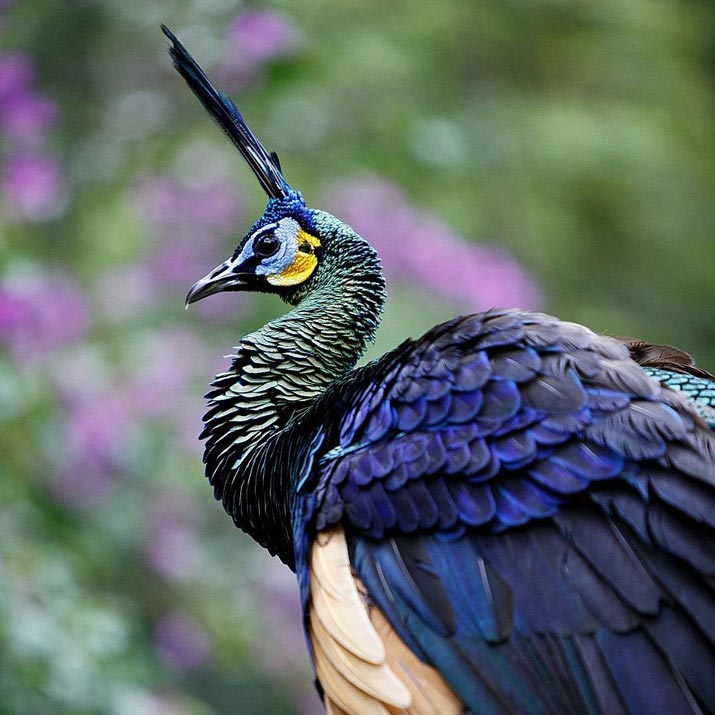
Known locally as the Merak Bird, or more commonly as the peafowl, these majestic creatures call the Javanese Islands home. Evolving to thrive in Southeast Asia’s tropical climate, peafowls are forest-dwelling birds that exhibit captivating behaviors.
With their distinctive plumage, male green peafowls boast a stunning mix of emerald green, blue, and gold colors. During mating season, they raise their plumage like a grand fan, creating a mesmerizing spectacle to attract peahens.
Historically, peacocks, along with other exotic fowl, were symbols of opulence consumed by the privileged in medieval Europe, showcasing wealth and class distinctions.
Bali Starling
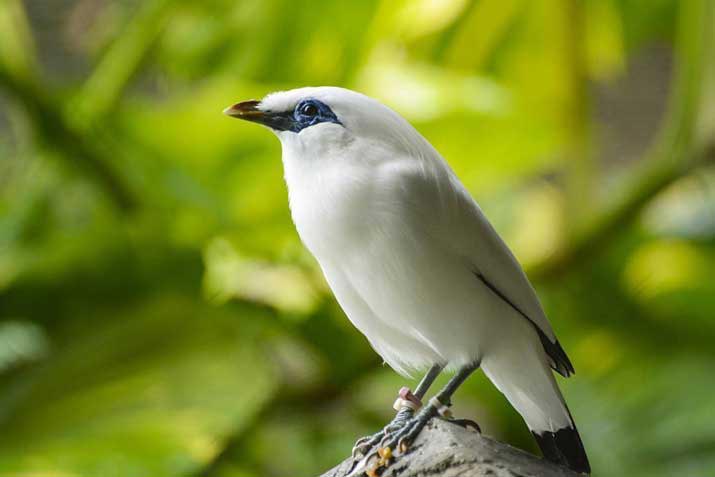
Endemic to the island of Bali, the Bali Starling, locally known as Jalak Bali, is a species facing critical endangerment due to deforestation and poaching. Recognized for its soft white feathers, striking blue marks around its eyes, and black wing tips, the Bali Starling is a testament to Indonesia’s unique avian diversity.
Conservation efforts led by Bali Safari Park, the West Bali National Park, Nusa Penida island, and the Bali National Park aim to protect and rehabilitate these precious birds. The Bali Starling Aviary, launched in 2017, is a beacon of hope for the preservation of not only the Jalak Bali but also other endemic species.
The Cendrawasih
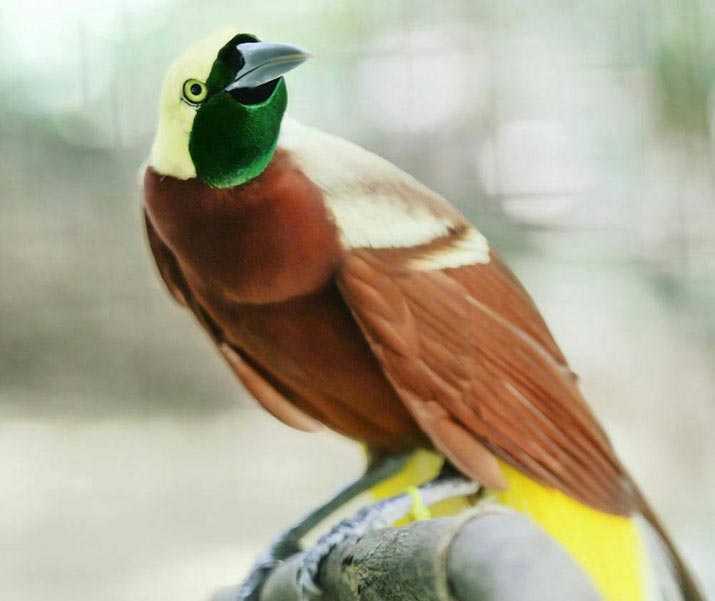
The Cendrawasih, locally known as the Bird of Paradise, holds cultural significance in Indonesia. Admired for its vibrant feathers in shades of yellow, blue, red, and green, the males use these striking features to attract females during mating season.
Kakatua Birds
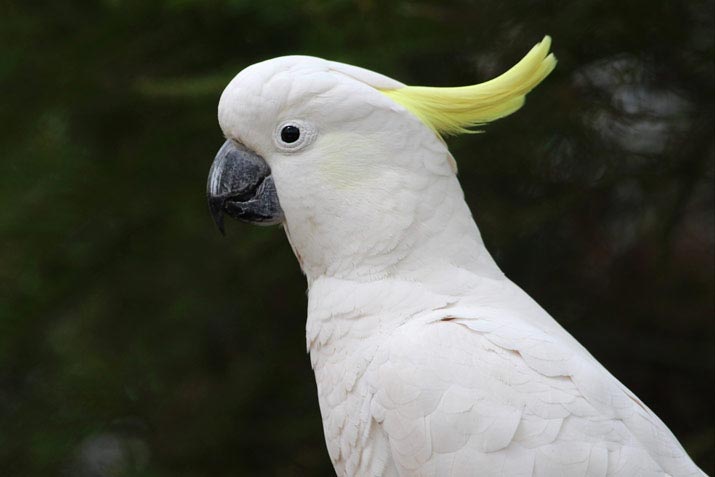
Indonesia’s iconic bird, the Kakatua or Cockatoo, is deeply rooted in traditional culture. Recognizable by its vibrant sulphur-colored crest, this bird has earned a special place in the hearts of Indonesians, especially through the popular children’s folktale song, “Burung Kakatua.”
The crest’s movement signals the bird’s emotional state, with a raised crest indicating prowess and heightened senses, while a lowered crest signals relaxation and approachability.
Where you can see these birds?
Bali Safari Park is a dedicated proponent in the conservation of endangered species all around the world.
That includes all the majestic birds listed in our article here, and many other species found in the park such as the black rhinoceros and hippopotamus.
We would love to have you visit the park and meet the extraordinary animals we care for!
